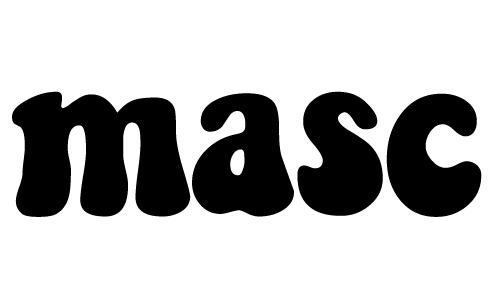Philip O'Sullivan
Philip O'Sullivan, a designer born in New York City, now resident in Vancouver, has a side project producing very simple and very fetching caps. Discreet, save for the placement of one of two unfortunately familiar words, they are a perhaps unconventional exercise in community-building, referencing and critiquing the mainstreaming of LGBTQ identity. Of equal importance, they serve as a reminder of our invaluable ability to repurpose language as a means of feeling empowered in the putdowns so many of us have grown up with and continue to endure. More simply, they are fun. Here, Philip describes the motivation behind this project. Photography Stephen Moloney. Face Cathal Sheerin. Hats Philip O'Sullivan.
Why did you start making this gear? In order to make a living and pay off my student loans, I have always taken jobs with larger companies, designing for customers who I don't necessarily relate to. My personal taste and ideas about design are often compromised for what is best for business or appropriate for the customer. This was a project I created so that I could have a dialogue with a new audience, one that shares the experience of being queer and living in mainstream society. I made the hats to sell during Vancouver Pride last August. I wanted to make something that would be an alternative to the tried and true rainbow, pink triangle merchandise – that stuff never really resonated with me. We are in a new chapter of history where the LGBTQ community has been more integrated into the mainstream so I wanted to make something that reflected that. I want to wear my identity with pride, but I want it to be a bit more subtle and nuanced.
Why the particular sports references that you have used? I think of sport as this universal unifying force. You see men and women in every country, every small town, from cities to villages, wearing these particular logos. It creates this commonality between people around the world. They may be rooting for different teams or types of sports, but sport is the common thread. I think it's interesting to take that reference and use this unifying principle in other aspects of society. By selling these hats, I was assembling a team in my city and amongst my community. I also think team sports and sporting events can be places where it's scary to be gay and be out. I was never comfortable playing team sports as a kid and never felt like I could wear team hats or jerseys because I didn't fit into that world. I wanted to take that mainstream visual language and subvert it to suit my experience.
Why should I wear a cap with faggot on it? I've been called a faggot and a homo from the time I was 9 year years old, as have so many queer people. I grew up with a mother who dated both men and women and experienced her and her friends being called a dyke. These words were always so hurtful and cast me as this unwanted outsider from the rest of society. Now that I am an adult and have healed from that bullying, I think it's important to reclaim these terms and redefine their meaning. They are powerful words, but the power comes from the intention of the person who uses them. My message is to love yourself and wear these once hurtful names as badges of honour. I feel so proud to be a faggot.
How does being a queer inform what you do and how you do it? This project has a very direct connection with my experience of being queer and being on the fringe of the mainstream. It has informed the entire process and end product.As a kid, I didn't always fit in. I used to close myself in my room for hours and make things ... drawings, books, objects. It was where I could have control over my environment. It was where I learned to be a designer. I realised that I had the ability to reshape my surroundings by turning my thoughts into tangible products.




